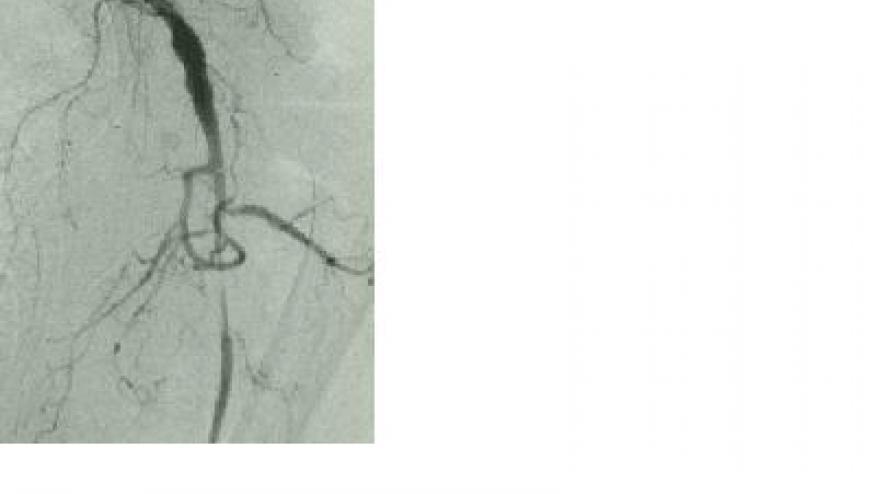Diagnostic Yield of Cranial and Large Vessel Imaging in GCA Save

Combined cranial and large vessel ultrasound and PET/CT provided excellent accuracy for the diagnosis of giant cell arteritis (GCA).
Current guidelines call for imaging of extracranial vessels with the diagnosis of GCA - but with which imaging modality?
A metanalysis of 14 studies and 1727 patients examined the diagnostic accuracy of ultrasound, PET/CT and MRI. Findings included:
- Ultrasound: combined cranial and large vessel ultrasound had a sensitivity of 86% (76-92%) and specificity of 96% (92-98%).
- PET/CT of both cranial and large vessels yielded a sensitivity of 82% (61-93%) and specificity of 79% (60-90%).
- No studies assessed both PET/CT and ultrasound (thus, no head-to-head comparisons)
- Adding large vessel ultrasound to temporal artery ultrasound significantly increased sensitivity (91% versus 80%, p < 0.001) without decreasing specificity (96% versus 95%, p = 0.57).
- Evaluating cranial arteries in addition to large vessels on PET/CT increased the sensitivity (82% versus 68%, p = 0.07) without decrease in specificity (81% versus 79%, p = 0.70)
- There was insufficient data on MRI
Either PET/CT or ultrasound of extracranial vessels may be included in the evaluation of GCA patients, depending on setting, expertise, clinical presentation and imaging availability.










If you are a health practitioner, you may Login/Register to comment.
Due to the nature of these comment forums, only health practitioners are allowed to comment at this time.